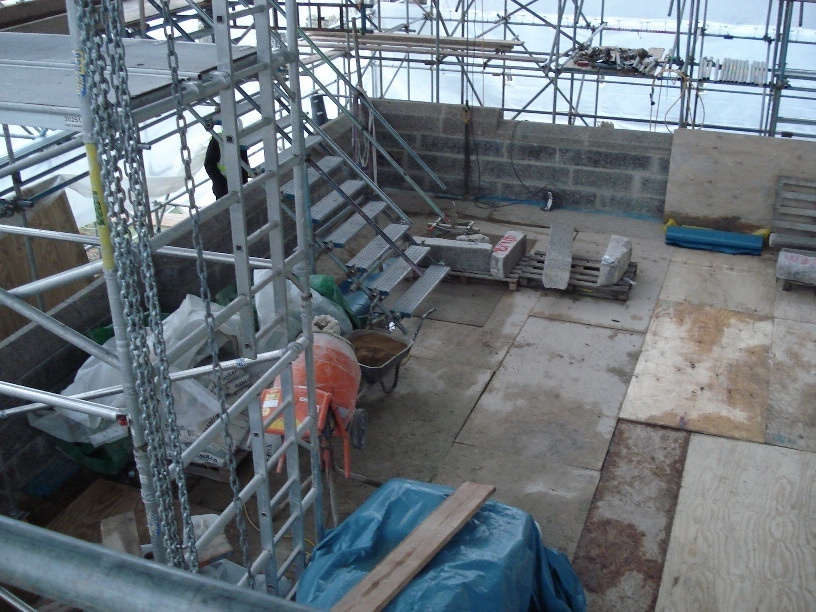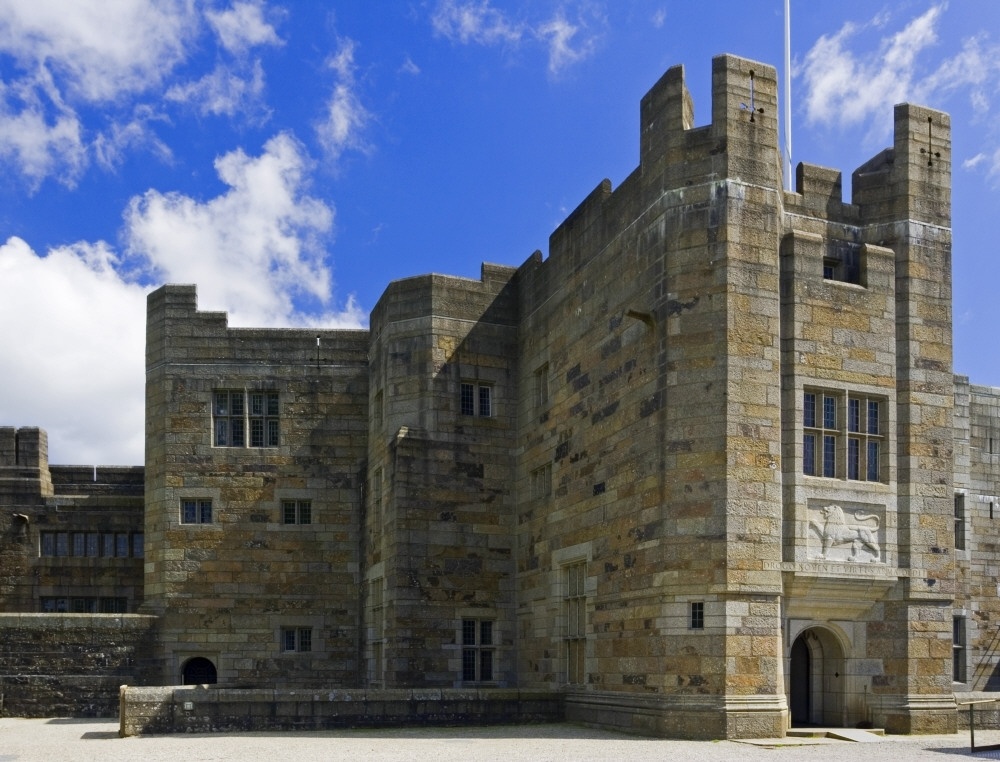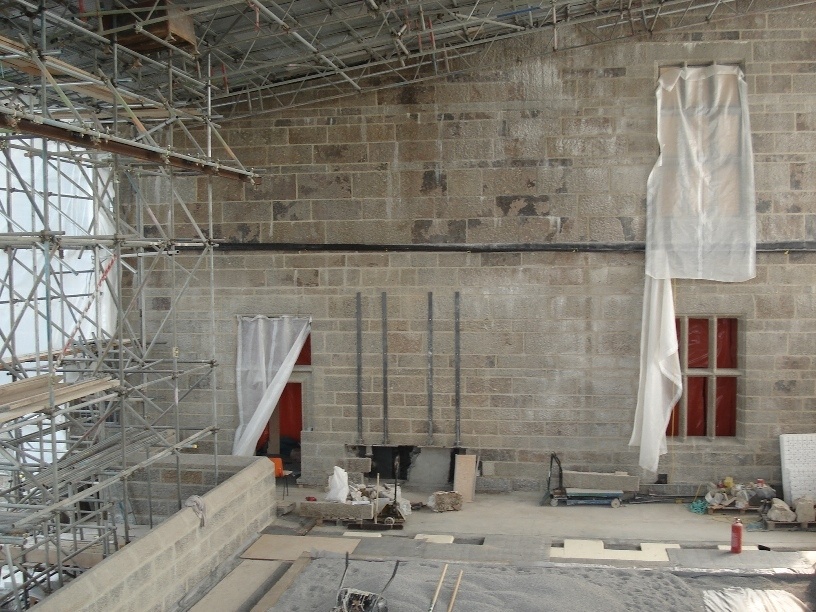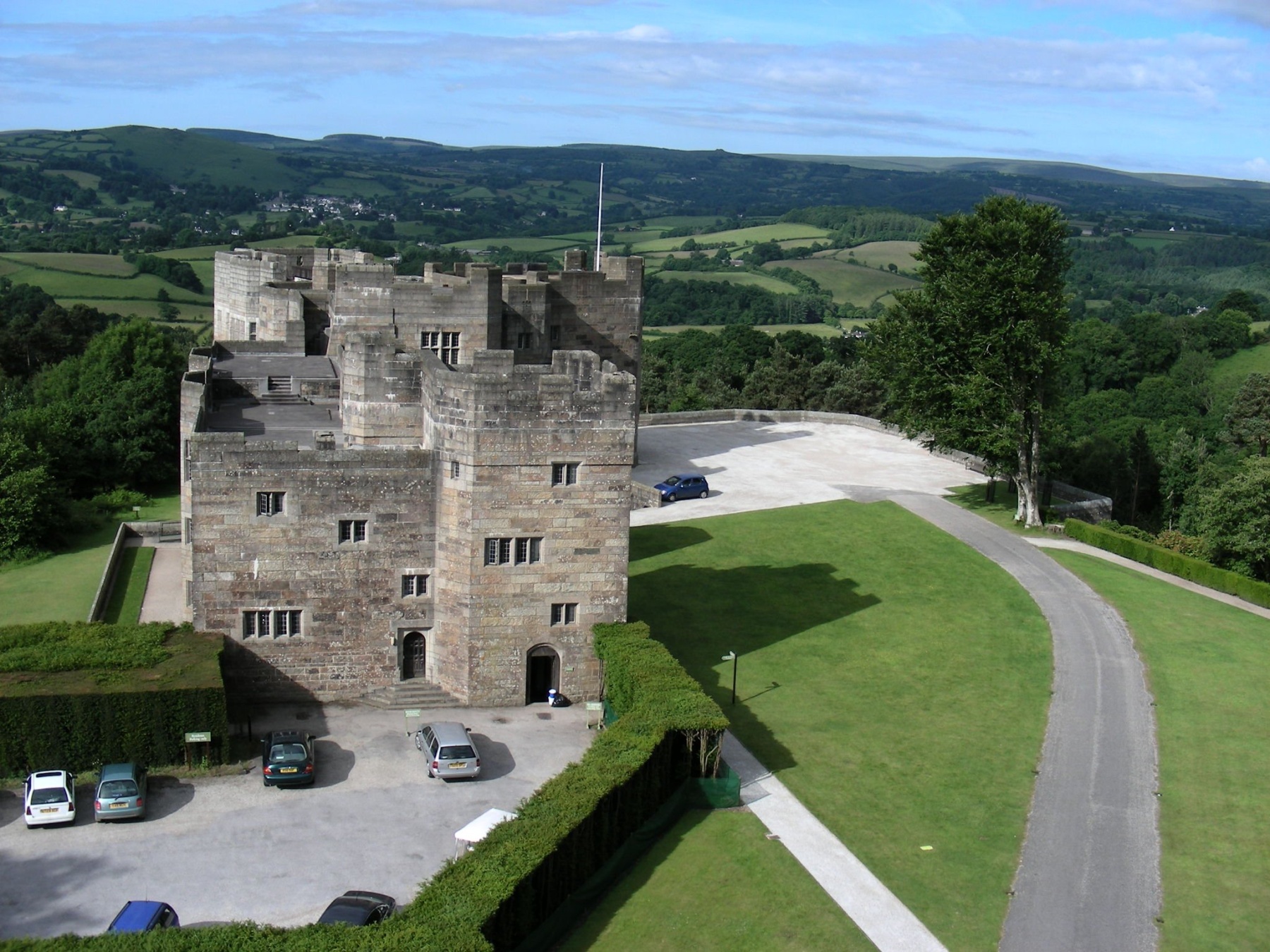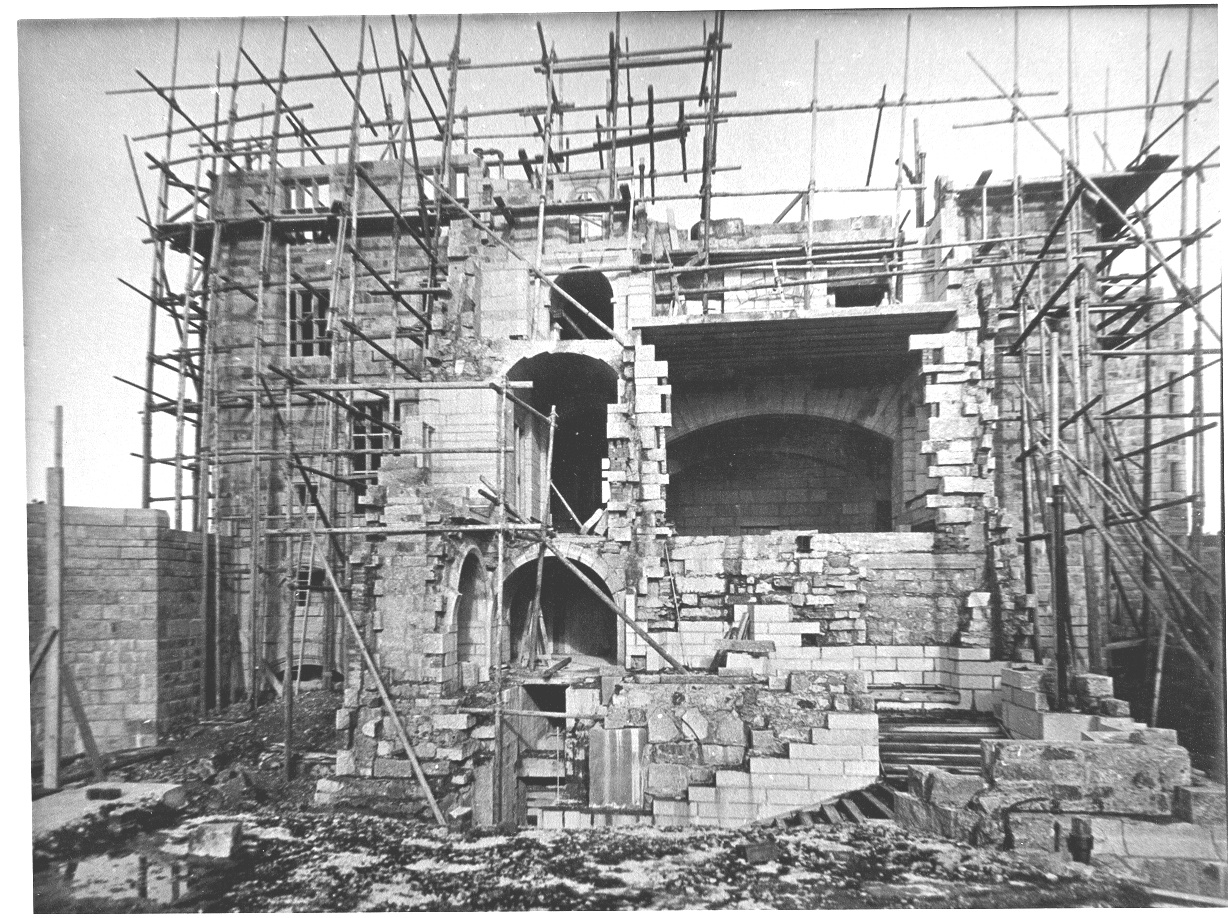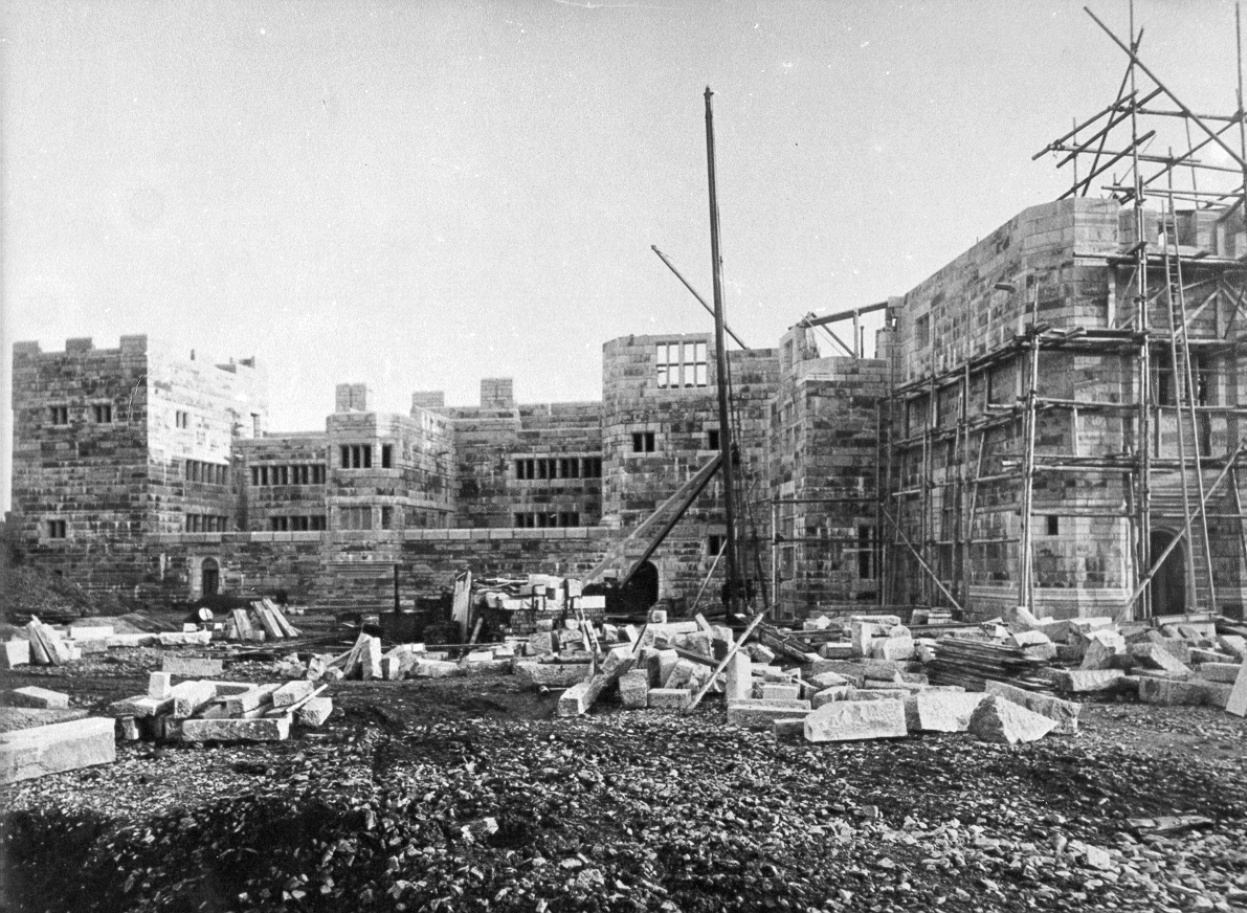Castle Drogo
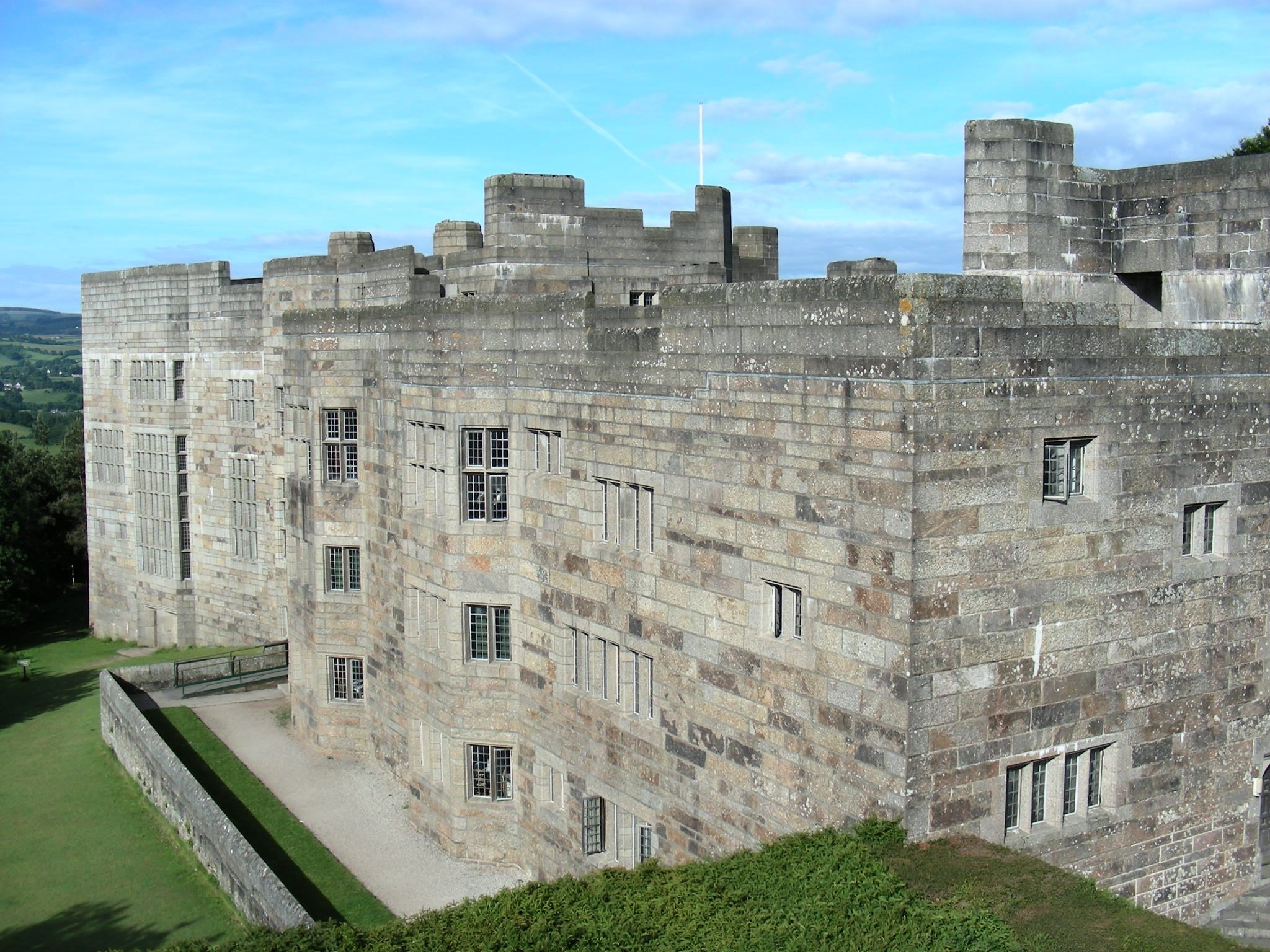
Protecting a castle under attack
Castle Drogo is one of the last castles built in England and designed by Sir Edwin Lutyens – one of Britain’s greatest architects. It was built between 1911 and 1931 from local granite for Julius Drewe, founder of Home and Colonial Stores, and is now a Grade I listed building.
Water penetration had been tracking deep into the building fabric due to the castle’s exposed siting high on Dartmoor and to original building defects. These included an over-reliance on an asphalt waterproofing layer sandwiched between the large granite stone walls. The building had been leaking since its completion, causing erosion of mortars, corrosion in filler joist floors and damage to many stone structures such as window mullions, transom stairs and flat roofs.
The National Trust engaged us to help make Castle Drogo watertight for the first time in its history, tackling its roof, windows and pointing.
Project Lead

- Location Dartmoor
- Client The National Trust
- Completion 2019
- Value £11.5m
Skin repair
We set out to undertake numerous investigations and trials on original details to understand the castle’s mortars and seals.
The original storm water management relied on a waterproofing system designed by Lutyens that involved placing a bituminous skin deep within the walls. To repair this skin, the stone courses at the base of the castle had to be removed while the remainder stayed in place, requiring a complicated temporary works strategy.
Weatherproof roof
The flat roof presented an even greater challenge. To start with, its area is roughly equivalent to two international football pitches. In order to lay a new waterproof system, 3,500 granite blocks, weighing up to 1.4 tonnes each, had to be removed and then refitted. This involved moving and reassembling entire battlements and large sections of the castle walls.
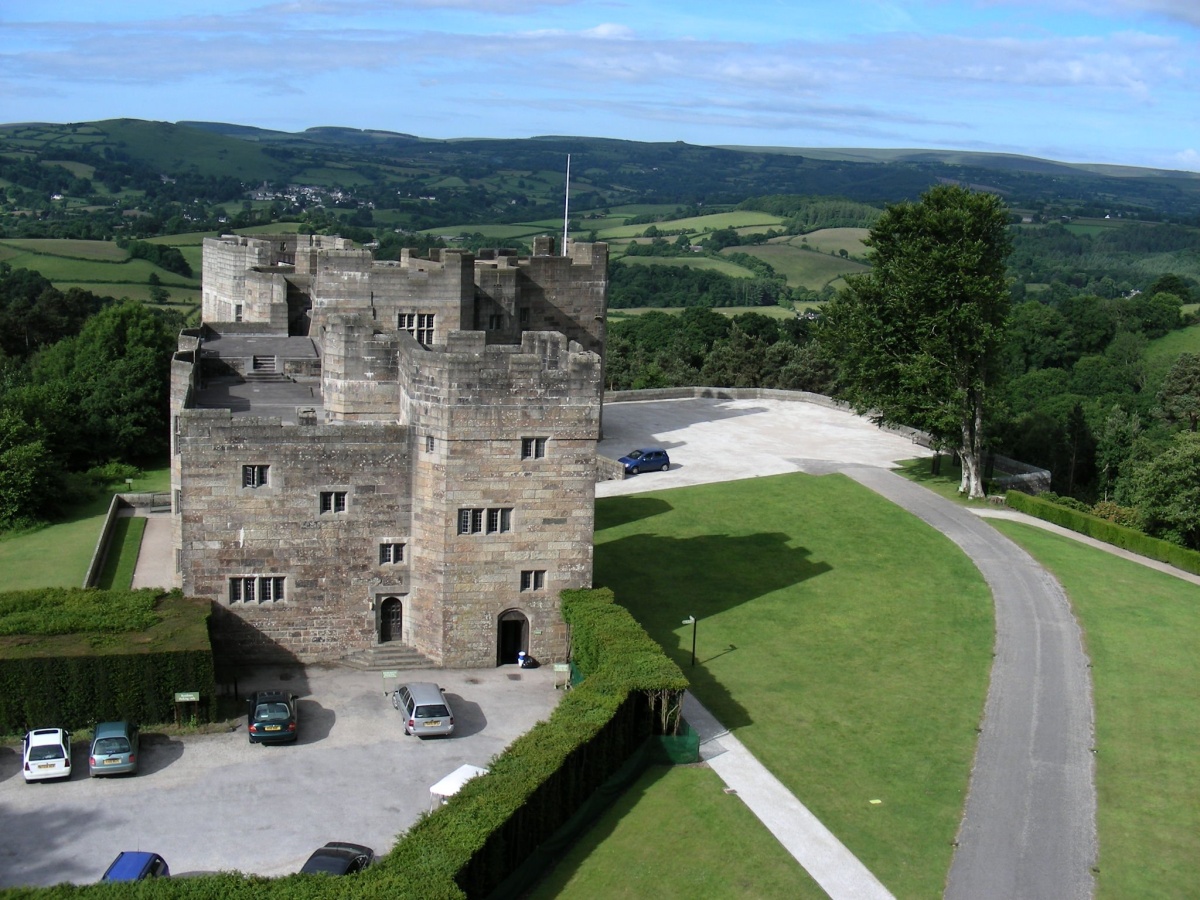
Respectful repairs
Besides these major works, much of the existing concrete fabric was assessed, especially the filler joist roof decks. Timber-framed elements, such as decaying
lantern lights on the roofs, were also dismantled and repaired using traditional carpentry joints.
